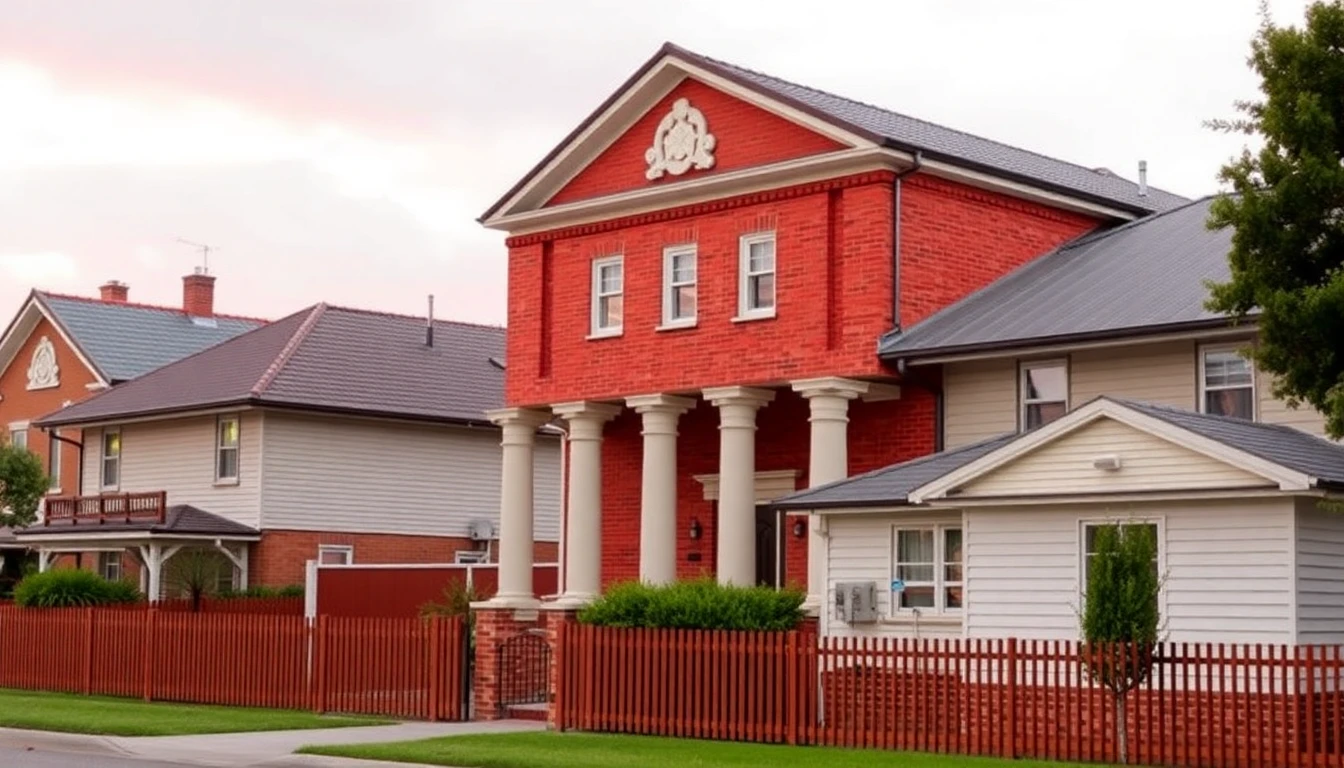
Currently, Australia faces two broad challenges: one is a housing crisis concerning the baby boomer generation, and the other is immense pressure on the RBA. In this scenario, both events are taking centre stage in molding the economic and social aspects of the Australian continent, fostering debate and possible policy changes.
The baby boomer generation, born between 1946 and 1964, presents an unforeseen predicament in the housing market. The changed market dynamics and lesser availability of younger buyers have made many find it hard to sell their residences, adding to the already existing grimness in housing. The traditional generation that has always formed the backbone of the housing market is now feeling the pinch and seems unable to get out of their houses, whether by downsizing to smaller homes or retirement communities. Still, if recent trends are anything to go by, there has been an oversupply in the market at different regions, thereby reducing demand and automatically bringing down the cost of properties.
Experts are also quick to note that younger generations-more importantly millennials-are less likely to buy the large and often suburban properties favored by boomers. This is attributed to a generational shift in housing preferences that is unforeseeably saturating the market. The effect might be that baby boomers cannot easily liquidate their principal financial asset, which is their homes, a thing that might affect retirement funding. The issue is going to become multi-layered, needing creative policy solutions and more governmental attention if this generation is going to stay financially independent.
Meanwhile, in the middle of this housing crisis, the Reserve Bank of Australia does not leave the focus of sharp attention either. Critics and various analysts steadfastly question the efficiency and sensitivity of the RBA and its policy measures to respond to the economic pressures created by these shifting demographics. With interest rates and inflationary pressures key concerns, decisions by the RBA are under the microscope. The bank should tackle the monetary policies with such importance, as needed to first stabilize the housing market and then the economy altogether.
Ongoing tests of the RBA's approach have formed the basis of discussions over potential reforms of that institution. What may be required, analysts say, are more adaptive and forward-thinking strategies as a means of handling these challenges effectively. As far as potential changes in policy go, every financial expert, economist, and member of the general public is paying close attention, making the impending decisions by the RBA crucial in the wider perspective of Australia's economic health.
These are some of the burning issues that all stakeholders from different walks of life in Australia are persistently asking for comprehensive and integrated policy responses. The demographic change coupled with a focus on institutional scrutiny gives way to a complex backdrop where adaptive mechanisms would have to be outlined at macro-economic levels, keeping individual finances of the aging population secure.
#Australia #HousingCrisis #BabyBoomers #RBA #RealEstate #Economy #InterestRates #MonetaryPolicy #FinancialSecurity
Author: Daniel Foster




